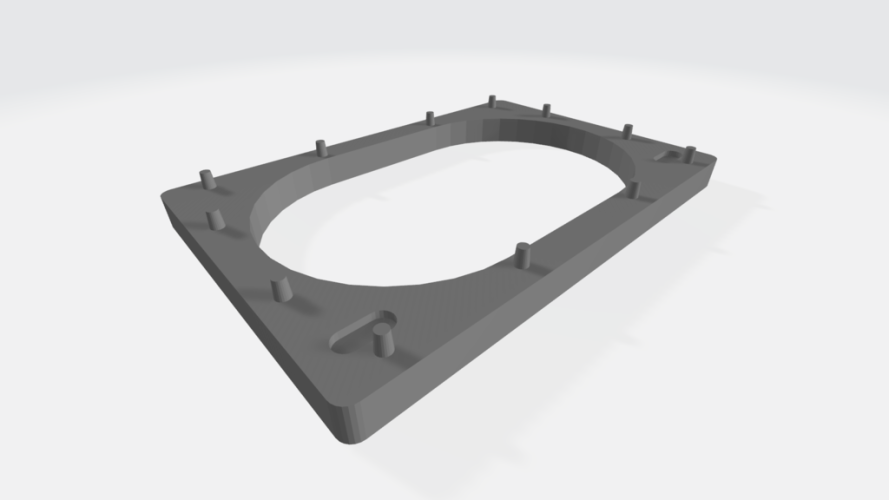Refurbishing a pair SR-X is pretty easy:
- remove the old pads and scrape away the old adhesive
- replace pads with suitable new ones
- optionally open the cups and remove the internal resistors
Pads
Replacing the old pads is not really a matter of sound, as even when reduced to cloth they still measure very similar to original intact pads (which I have on one pair), with very minor differences in bass and upper mids/treble response. You typicall want to replace them as they have become uncomfortable, and are either dirty or flaking bits of old vinyl everywhere. This measurement shows some of my SR-Xmk3 with a variety of pads: original ones reduced to cloth, original ones in mint condition, and the replacement ones I describe below. As you can see the FR changes very little, especially accounting for model variations and discounting treble variations which are not really representative in amateur rigs.
The choice of new pads is pretty simple: you want flat, soft, supra-aural pads that when measured maintain the original tuning as much as possible. After trying a few I eventually settled on Aliexpress replacement pads for Sony headphones:
70mm pads for the MDR-ZX100, and later
75mm pads for the MDR-V55 that match the SR-X size slightly better. They both sound basically the same, with the larger pads being a tiny bit more comfortable, but also warmer on the ears. This is what they look like on the SR-X: smaller pads on the left, larger on the right.
The simplest way to go about replacing pads is to separate the external metal part of the baffle from the rest of headphone: just remove the headband, and unscrew the small posts where the headband forks slot in the cups. Then rotate/pull gently until the metal baffle comes away. At this point, tear off the old pads and remove the adhesive. If it's stuck and coming away in pieces, heat the adhesive with a hair dryer before peeling to soften the glue. Once done, give the baffles a nice clean.
Once you get new pads, use a pair of sharp scissors to cut away the bottom lip and the protective mesh. Then cut rings of thin double-sided adhesive film using the metal baffles as a guide, I use 3M 486MP which is readily available, and very strong. Put the rings on the baffles and fix the new pads.
Internal resistors
The SR-X mk3 have internal resistors across the signal contacts to protect against overdriving the diaphragm. Those are usually not needed, so I remove them. My unscientific measurements show a slight change in FR without them, and while I am probably deluding myself they are very easy to remove, so I do it on all mines.
Unscrew the tiny screws that keep the plastic baffle joined with the cups (use a good screwdriver as they are easy to strip), then gently separate the baffles and cups. The resistors are clearly visible and can be desoldered in seconds without messing with the driver wires, or the driver itself.
This is the same pair before (red) and after (greem) replacing pads and removing resistors, with one of my other good refurbished pairs in gray in the background for reference.
If you got to here, I hope you eventually buy a pair and enjoy them too.






























